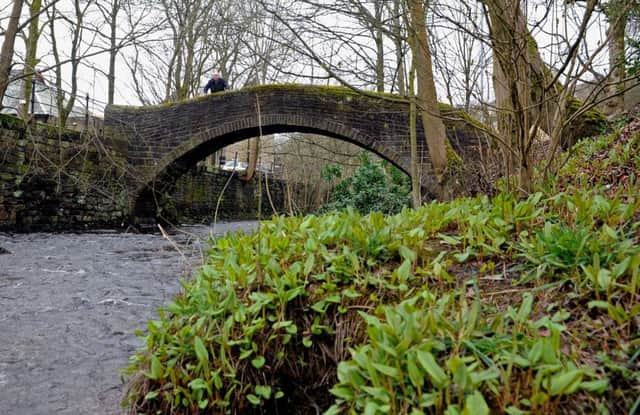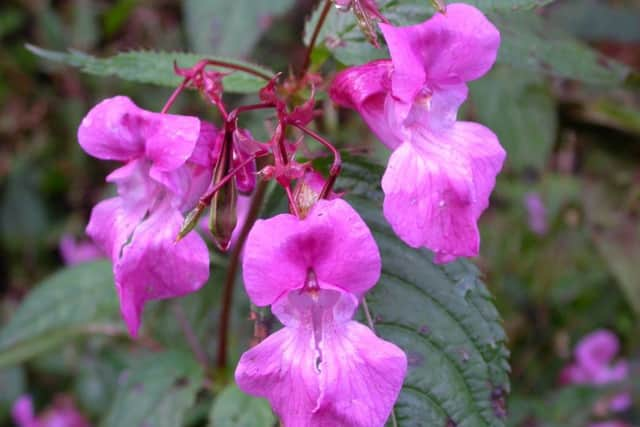Once beloved of stately homes, the industrial menace of Himalayan Balsam now threatens the Dales


Nearly two centuries later, in the less imposing surroundings of the industrial West Riding, it was impressing no-one.
The invasive weed known as Himalayan Balsam, a distant relative of the busy Lizzie, has long been considered a pest. But as the nation’s annual wildflower survey got under way, the extent of its infestation became clear.
Advertisement
Hide AdAdvertisement
Hide AdIt had, said John Cave, an expert on non-native species with the Yorkshire Wildlife Trust, extended not only to the banks of most of the county’s main rivers but also to their tributaries, shading out native plants and eroding the water courses.


“River banks are one of its main transfer pathways. When the seeds are ripe and the plant is knocked, it explodes outwards by up to 6m in all directions,” Mr Cave said. “It can spread down the water course quite quickly.”
The Trust is harnessing teams of volunteers at Marsden, near Huddersfeld, in what it calls a “big balsam bash”, combining a family waterside picnic on the banks of the River Colne with some manual labour pulling up the plant by its roots.
Himalayan Balsam escaped originally in refuse sacks and on the soles of gardeners’ shoes from the stately homes to which it was imported by Victorian horticulturists.
Advertisement
Hide AdAdvertisement
Hide AdIts spread, especially in lowland areas of Yorkshire, has also been fuelled by nitrogen pollution – contamination by ammonia from livestock and traffic emissions. Some 95 per cent of woodland is getting more than the critical load at which vegetation starts to change, according to the charity Plantlife, which launches its 2019 National Plant Monitoring Scheme today.
Once common native flowers such as early dog-violet and marsh marigold, which prefer infertile soils, are being crowded out by nitrogen-loving nettles and brambles, it said.
Just five species – nettle, brambles, cleavers, hogweed and cow parsley – now account for almost half the recorded sightings in woods, and Himalayan balsam is being recorded more than native yellow archangel.
“It’s a very high nitrogen-demanding species, and it’s a great big thuggish thing and it can flatten the vegetation around it,” said Dr Trevor Dines, at Plantlife.
Advertisement
Hide AdAdvertisement
Hide Ad“The biodiversity of our woodlands is at stake whilst this invisible pollution singles out species unable to cope with excessive nitrogen deposition.”
The upper river courses in the Yorkshire Dales are also now also being invaded by Himalayan balsam.
Tony Serjeant, a senior wildlife conservation officer in the National Park, said: “It’s actually quite attractive and obviously provides a pollination source for insects
“But it outcompetes everything else to the detriment of diversity, and then dies back in the winter, leaving the banks bare and prone to erosion,
He added: “The aerial deposition of nitrogen is one of the unseen problems we have in the Dales.